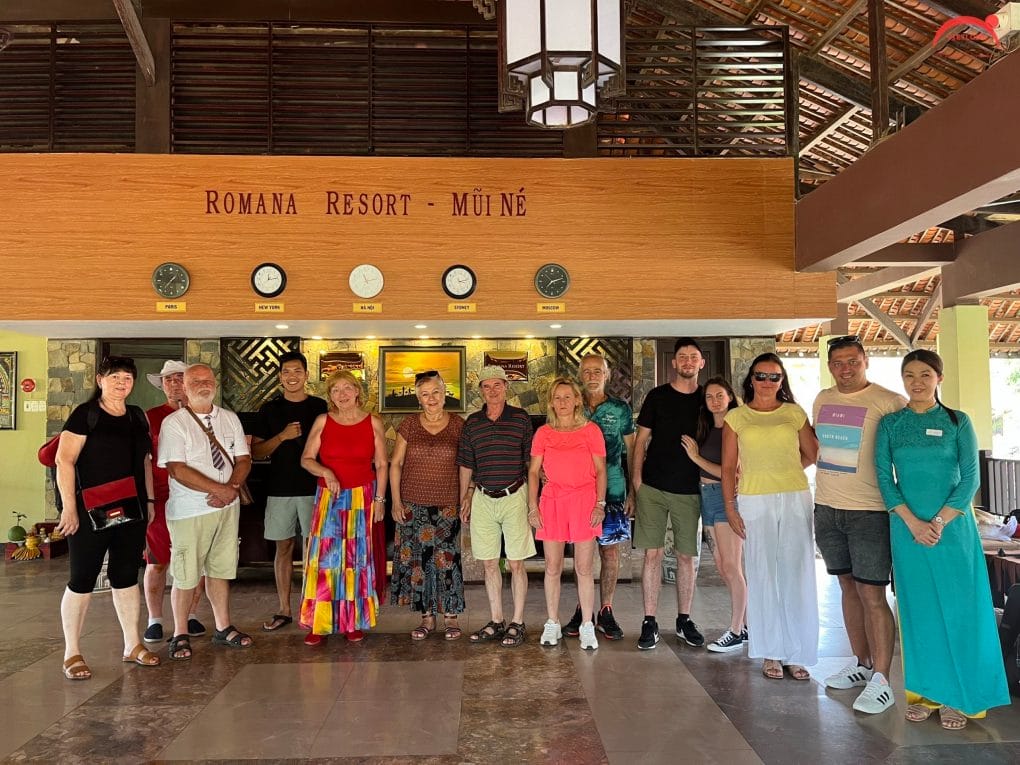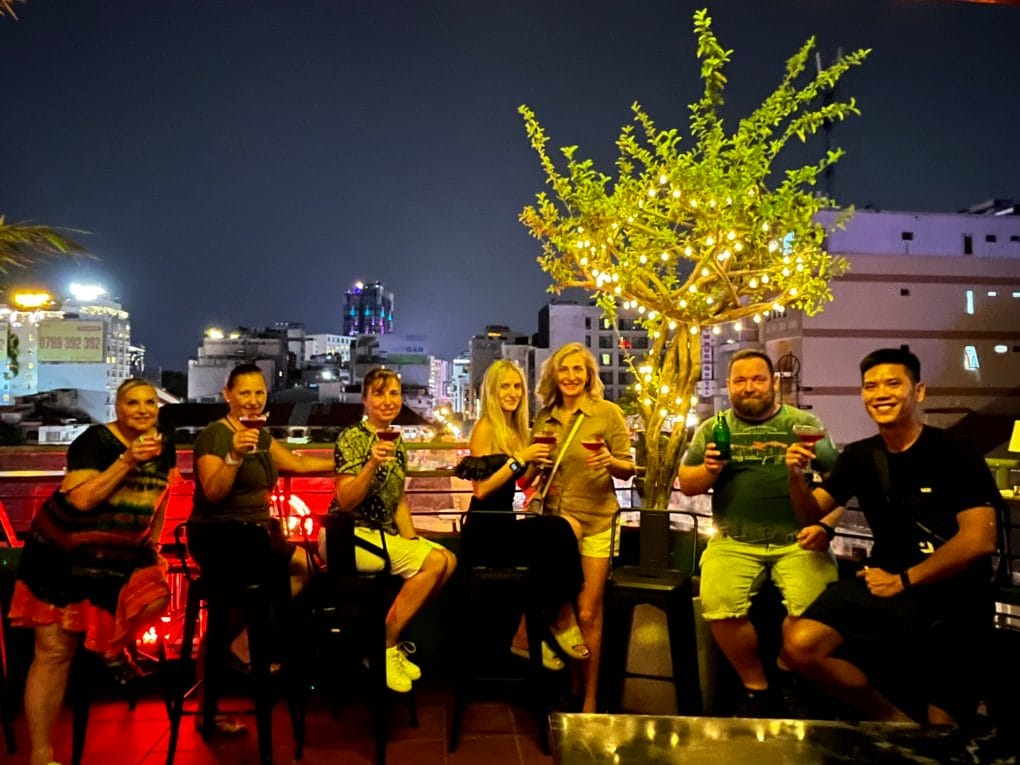The Nam Ou River reflects nationalism in Laos. Historically what is presently know as LuangPrabang, originates from a group of minorities who immigrated from Nan China along the Nam Ou river.
Chansamal Khouakham, an officer from the department of information and Culture in Moung Gnot Ou district, who was present when marking the boundary line between Laos-China, started that Nam Ou river begins from the hill foot of Phou Khoud mountain (close to the 5th boder sign on the slope of the mountain) with a height of 1245 meters which forms a natural boundary line between Laos and China. With a radius of about 25 meters the ponds creating the source of Nam Ou river is ina flat area surrounded by white sand and gravel. Dense grass along with huge soft wood such as; Ton Thong and Ton Toum Tam grow tall where the water is shallow to the ankle. From this point Nam Ou river curves downward 10 km reaching 7th boder sign at Lan Tui, the boundary line between Laos-China. At this point with a width of 2-3 meters wide, Nam Ou current becomes powerful and swiftly runs through the rain forest of Phou Fa mountain strongly to the mouth of Nam Ou river. Nam Ou river, wit a toal length of 488 km is the longest tributary of the Mekong river. Besides the Nam Ou river, Phou Khoud mountain creates 3 additional rivers in Laos; Nam Xang, Nam Ou Noy and Nam Khang river. In China, Phou Khoud mountain is the source of another river.
Lan Tui or Ban Xieng Siew village was the furthest that a vehicle colud go. In order to get to the source of Nam Ou river, it would take 3 hours walk through the forest of Phou Doi, reaching Ban Pa Thay home of the ethnic Cela tribe and an additional 2 hours walk from here on. It can be observed that only Lao people weave the basket of sticky rice.The basket is to Lao in the world.
Sticky rice is the main food for Lao.The ware that they used to contain their rice after steaming is called Tipkao, Elpkao or Kongkao. Lao man have to be skillful in farming, make bamboo strips, fishing net and other works, while the women should be skillful in cotton spinning, textile weaving, silkworm raising, cooking and poultry-raising. Bamboo strips are made from the bamboo trees, namely : Maibong, Mailai, Maisand, Maihai and Maithae.
The strips made by the above bamboo or wood are very durable, easy to weave.Other types of wood are broken easily and not durable. after the bamboo is selected,it is warmed a few minutes on the fire and then chopped into very thin strips. After thet dry them under the sun.If we need to colour them, we should dye them, fry under the sun, then weave the basket as designed.
For weaving, first, we should design a pattern, then weave according to the structure and pattern.The amount of the strips prepares are related to the size of the basket of rice. The short one can be used for the small one and the long one used for the big one.The edge of the strip should leave in the inner part in order to hide the joint. It requires a high skill level to avoid seeing the joint in the basket. If the strips are not soft enough, we have to water them a little.If the strips are too dry, it will be broken easily.






